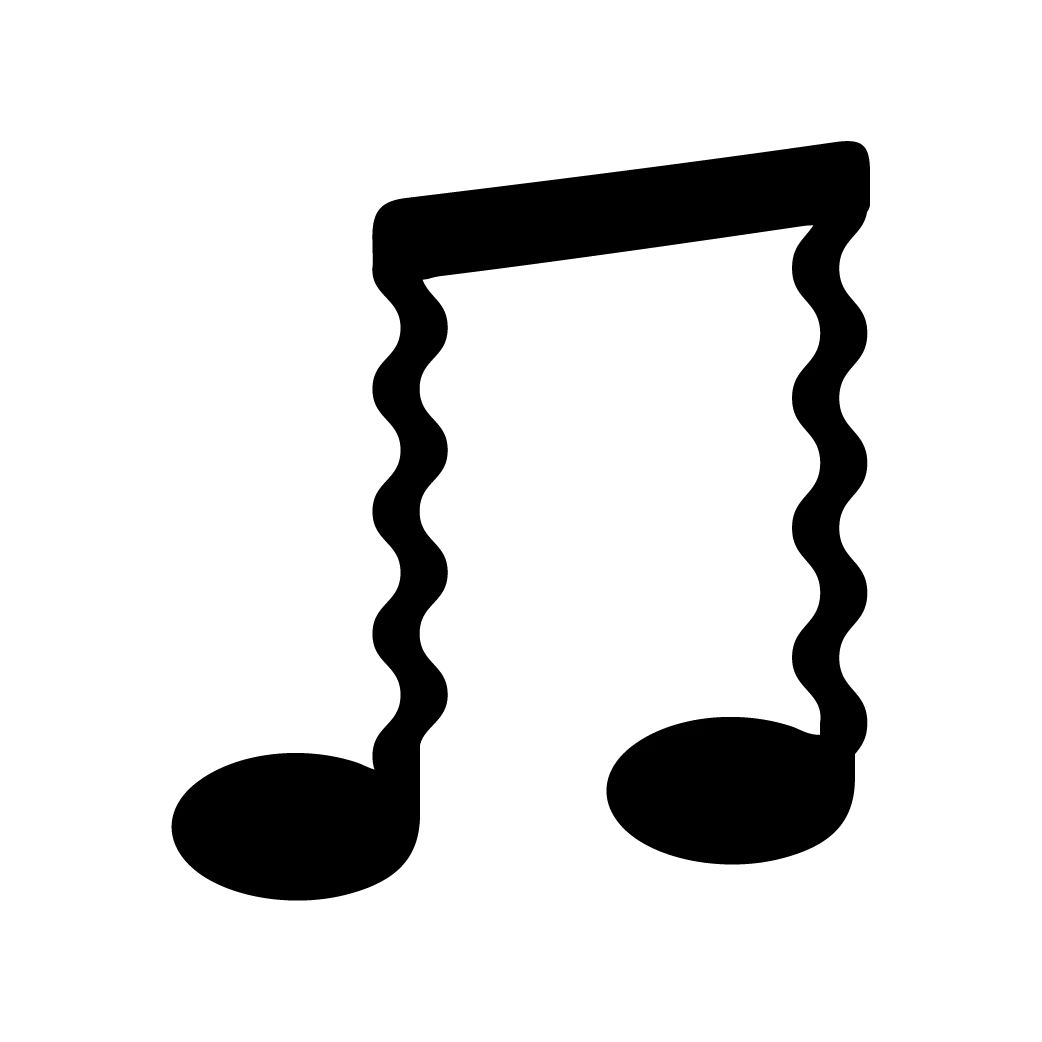A Bunny’s Guide to Lana Del Rey Albums
Since her debut in 2011, Lana Del Rey has carved out a space for romantic Americana glamor and psychedelic baroque infusions within the pop music zeitgeist. In anticipation of her upcoming album, we’re looking back at her past projects. Words by Simon Dwihartana
Jul 7, 2025
Few artists capture the psychedelic and somber sides of pop music quite like Lana Del Rey. Whether it’s the romanticized Americana glamor from her early work or the subtle country twang she uses now, the Grammy-nominated singer-songwriter continues to stretch the boundaries of indie and folk pop.
As she turns 40, we’re looking back at the expansive discography of the New York-hailed songstress in anticipation of her next studio album—whether it’s called Lasso, The Right Person Will Stay, or Classics. Initially slated for a release in September 2024, Del Rey told Nylon the sound of the record will pivot in a direction that would “reflect [her] new life” with a sound that’s more “Southern gothic”, a promise delivered through the two singles “Henry, Come On” and “Bluebird” that dropped last April.
Here’s a ranking of Lana Del Rey’s first eight albums.
8. Chemtrails Over the Country Club (2021)
Highlight: “White Dress”
When Chemtrails opens, you almost can’t believe Del Rey might have managed to outdo herself yet again after the critically acclaimed Norman Fucking Rockwell!. The opener, “White Dress,” reflects on life before fame, delivered in a breathy, strained falsetto that sounds almost too high to reach. It’s deliberately imperfect and somehow manages to squeeze the overly syllabled line “Down at the Men in Music Business Conference” into the chorus, and it further cements her as one of the greatest American songwriters today.
That streak continues in the title track and “Tulsa Jesus Freak,” both of which paint a picturesque setting with danger looming over it. The rest of the record drifts into quiet, secluded corners of Americana, evoking small towns, long drives, and changing seasons. While atmospheric, they start to play it safe rather than push further into the mysterious world the album introduced.
7. Lust for Life (2017)
Highlight: “Cherry”
After the cerebral Honeymoon, it seemed like Del Rey was aiming for a strong pop comeback with a record packed with an eclectic list of features, including The Weeknd, A$AP Rocky, and the one and only Stevie Nicks. It’s as if she took the formula of Born to Die and reinvented it; instead of baroque pop, she blends folk influences with hip-hop, describing the project as having a “retro sensibility with a futuristic flair.”
It starts off very sexy with the likes of “Cherry” and “Groupie Love”, before taking a sharp turn into heavier territory. Suddenly, it’s addressing war and global unrest in the three-part sequence of “Coachella”, “God Bless America”, and “When the World Was at War We Kept Dancing”. The mix of contrasting moods doesn’t land as smoothly as it did on her debut, and although the sound here is catchier and more upbeat overall, Del Rey continues to be at her best when she leans into her introspective, more diaristic side.
6. Blue Banisters (2021)
Highlight: “Black Bathing Suit”
With no promotion from Del Rey herself, no press coverage, and no actual blue banisters—despite her sitting in front of plain, unpainted ones with two dogs by her side on the cover—this eighth record feels more like a collection of songs she made to keep herself occupied during the pandemic than a fully realized album. Some tracks were rehashed unreleased songs like “Thunder” and “Nectar of the Gods”, and the result is a bit scattered, with a sudden western-style interlude and the druggy “Dealer” dropping in between ballads. Yet, this randomness revealed a looser, less stylized version of her artistry—one where she took an anecdotal approach, sharing details about her life before Lana Del Rey—the Elizabeth Grant era. The result is a pillowy, comforting landing pad that Lana herself called “an explanatory album” that “does pretty much nothing more”. And to most of her fans, that’s exactly all it needed to be.
5. Honeymoon (2015)
Highlight: “Terrence Loves You”
Remember the epidemic of “slowed + reverbed” song edits? Well, there’s no need to touch Honeymoon—Del Rey already did it for you in her trippy and gloomy third record. The tracks from this era rarely make their way onto her current tour setlists, but it’s a fan-certified cult classic. Here, the songstress trades in personal storytelling for pure atmosphere. The title track alone feels like the opening credits to a noir film with its lush, ambient instrumentals that float more than they move. There’s even “24”, a cinematic, Bond-style number that was allegedly ignored by the actual franchise. And then there’s the hypnotic, three-part drug trip of “High By the Beach,” “Freak,” and “Art Deco”—a woozy spiral you can’t help but fall into. By the time you get to “Freak,” you’re not just drinking the Kool-Aid—you’re deep in it, as the music video makes literal.
4. Born to Die - The Paradise Edition (2012)
Highlight: “Off to the Races”
There are many one-liners from Born to Die that you couldn’t avoid if you spent any time on Tumblr in 2012. They became internet scripture, cut up into GIFs and placed in collages among Marlboro cigarettes and flower crowns. Together, they shaped the early image of Lana Del Rey, who pitched herself as the “gangster Nancy Sinatra”, blending old-school glamour with modern sensibility. It’s clear that Del Rey’s debut record was ahead of its time. Her mix of experimental vocal styles, stitched together with baroque pop and hip-hop beats, created the campy Frankenstein that is Born to Die. It was an “if you get it, you get it” situation—and eventually, the world did get it. The album became a cultural phenomenon. It’s still charting on the Billboard 200, and its unapologetic embrace of contradictions continues to serve as a blueprint for today’s songwriters.
3. Ultraviolence (Deluxe) (2014)
Highlight: “Cruel World”
The rough critical response to Del Rey’s debut clearly got under her skin, and you can hear that frustration all over her sophomore album. With darker hair and smudged mascara, she sings about messy, maybe even abusive, relationships in a world that feels anything but kind, telling The Guardian she “wished [she] was dead already.”
The songs are slower, less tightly arranged, and effortlessly cool—like the fully improvised, one-take “Pretty When You Cry”—a style that would only grow stronger in later records like Blue Banisters. With the slow-burn rock production of The Black Keys’ Dan Auerbach and Del Rey’s angelic vocals, Ultraviolence feels like a series of fever dreams pulled straight from a David Lynch film. The album walks a fine line between self-awareness and sincere melancholy. Tracks like “Brooklyn Baby” and “Sad Girl” flirt with satire, poking fun at her public image while fully leaning into it, while songs like “Shades of Cool” and “Black Beauty” point to the futility of trying to save the men she loves from themselves.
2. Did You Know That There's a Tunnel Under Ocean Blvd (2023)
Highlight: “A&W”
Picture this: you walk into a record store and find a vinyl whose cover bears the image of a nude woman in her late 30s, childlike ribbons tangled in her hair. You put it on, and suddenly you’re hit with songs about the grip of a loved one on their deathbed, the cruel framing of a “whore” who “asked for it”, the anxiety of overcoming telomere extinction, and a priest condemning lust while drowning in his own hypocrisy.
In her latest album, Del Rey strips away the glossy, Hollywood sheen and offers a sobering reality check: What if there’s no lesson to be learned? What if there’s nothing Greek to this tragedy? Just like the question posed in the record’s title, the bleak and excessive Did You Know That There’s a Tunnel Under Ocean Blvd is full of questions Del Rey herself doesn’t have the answers to—and it’s precisely this refusal to resolve that makes this album so achingly compelling. With her hushed, unpolished vocals drifting through layers of anxiety and production that spans from gospel swells to trap beats, Tunnel plays like a reflection on the different chapters of Del Rey’s career and the complicated experience of growing into womanhood.
1. Norman Fucking Rockwell! (2019)
Highlight: “Venice Bitch”
It was a few months before we were hit by a pandemic. Summer was fading, L.A. was recovering from a major wildfire, and a new generation of artists, many clearly inspired by Del Rey, was reshaping pop. In a different context, Norman Fucking Rockwell! could have felt like a swan song. On the track “The Greatest,” Del Rey calmly accepts the end of her time in the limelight: “I guess I burned out after all.” But instead of resignation, it comes off as a shrug.
Give her a vape and a pen, and she’ll turn that disillusionment into a 1970s Laurel Canyon surf-folk soundscape. The double entendre of the album’s title frames its entire world. Norman Rockwell might be the insecure, self-loathing poet-lover she keeps circling around—too tough, too cool, always distant. Or maybe he’s the crumbling image of a once-idyllic America, the one Rockwell painted in whites and pastels, now disappearing in the rearview as Del Rey coasts through it in a truck headed nowhere in particular. If Born to Die was a time capsule capturing America as a land of hope, then NFR! is her unearthing it seven years later, showing that despite everything, she still has it.


















